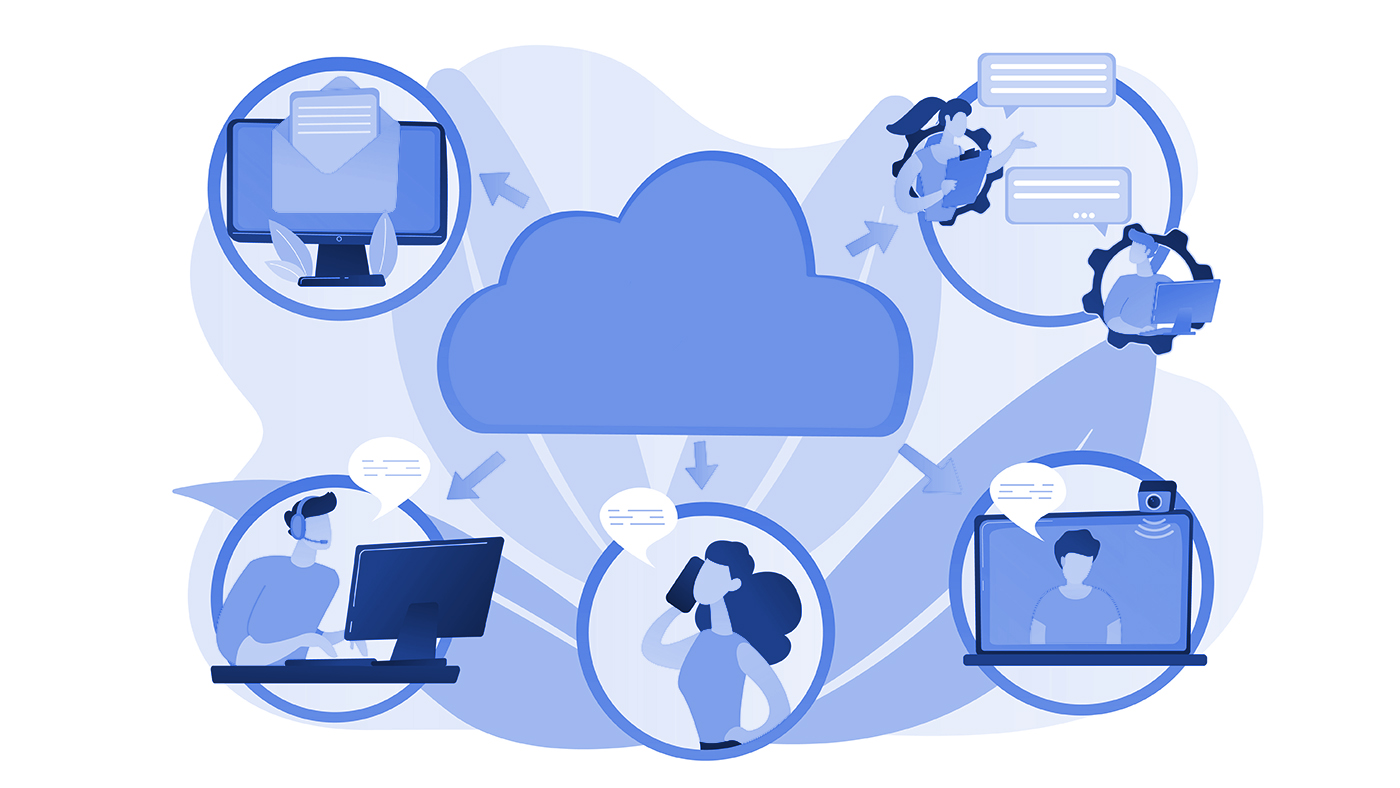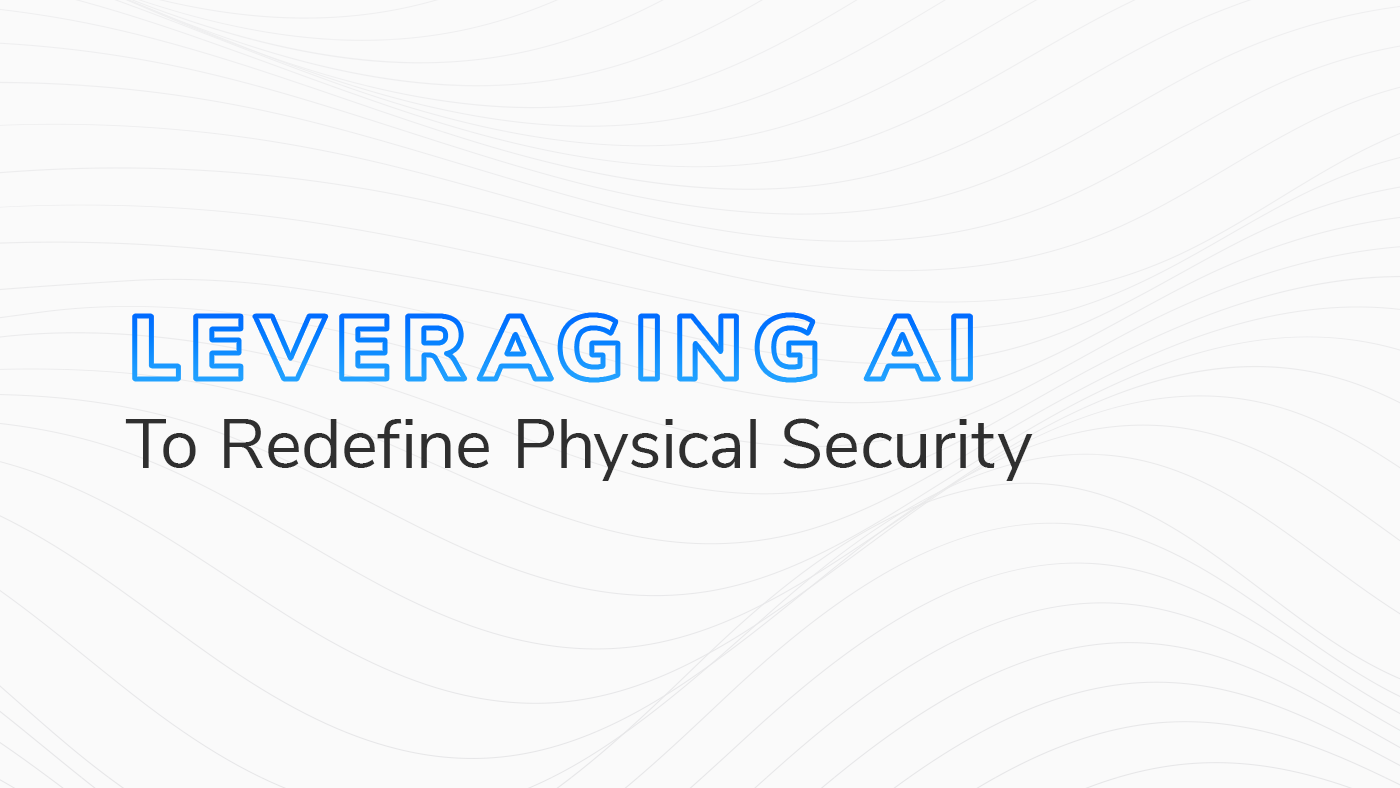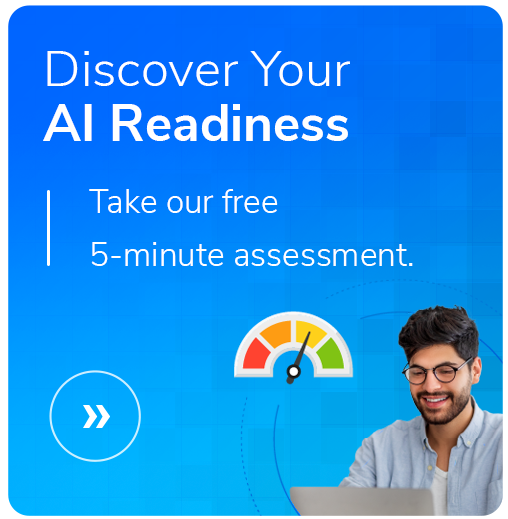Meeting Digital Transformation Challenges
- Written by: Ryan Mosher

As 2023 ends and we enter 2024, one thing remains clear: Digital transformation is no longer optional—it’s a necessity.
Organizations that embrace digital technologies and processes will be better positioned to compete, innovate, and thrive—not only in 2024 but for years to come. However, with digital transformation comes digital transformation challenges. Understanding and navigating these obstacles effectively is critical for successful digital readiness.
Challenge #1: Aligning IT Strategy and Business Strategy
One of any organization’s most prominent challenges is the disconnect between their IT strategies and their overall business goals. This misalignment can lead to wasted resources, missed opportunities, and a technology infrastructure that doesn’t support the company’s vision.
Solution #1: Establish a Clear Roadmap That Synchronizes IT Initiatives and the Organization’s Vision
The most successful approach is to develop your IT strategy to align directly with your business goals. At HBS, that’s the approach we’ve taken with our One Path framework. The One Path approach emphasizes the development of a comprehensive IT strategy that aligns seamlessly with your organization’s objectives. It ensures that every IT modernization and IT optimization effort directly contributes to your overall business goals. This roadmap streamlines your IT operations and confirms they’re driving your business forward.
Challenge #2: Accelerating Digital Transformation
The pace of technological change is relentless, leading to many companies playing catch-up as they chase a moving target. Staying ahead of the curve requires a strategic approach to IT modernization, not just adopting new technologies.
Solution #2: Create a Structured and Adaptable Blueprint to Modernize IT
When you’ve aligned your IT strategy to your business goals, now it’s time to put things into motion. The best approach to modernizing IT is to develop a structured, adaptable blueprint for the integration. That’s what the One Path methodology is designed to do—help your busies catch up with current technological trends and stay ahead of future changes, ensuring long-term resilience and adaptability in a constantly evolving digital world.
Challenge #3: Managing Cybersecurity Risks
Data breaches can make or break a company—managing the risks from growing reliance on technology (like the cloud) is crucial. Cybersecurity is no longer (never should have been) a niche concern. IT is a business imperative.
Organizations must be proactive in their defense strategies to fight against the frequency and sophistication of cyberattacks.
Solution #3: A Proactive, Holistic, and Robust Cybersecurity Strategy
Having cybersecurity defense as a priority from the onset of any IT strategy ensures that it won’t be overlooked or brushed aside for other organizational initiatives. Defenses must grow alongside your IT efficiency efforts, protecting your business from cyber threats and safeguarding your organization’s data and systems.
Challenge #4: Addressing the Talent Gap
Technology continues to outpace the IT workforce. Whether cybersecurity or development, there is a significant talent gap in the IT industry. Finding and retaining talent with the necessary expertise to meet digital transformation challenges can be a considerable hurdle.
Solution #4: Partner with a Service and Solution Provider
Unless you’re a Fortune 500 company or a similar-sized organization that can attract and afford the right IT employees, one of the best options for your business is to leverage a technology partner with a network of skilled IT professionals.
Partnership with a service and solutions provider like HBS gives you access to expertise and experience to implement IT modernization solutions effectively, eliminating the need for in-house IT talent.
Challenge #5: Modernizing Applications and IT Infrastructure
Legacy systems and outdated applications can significantly hinder an organization’s digital transformation journey. These older systems often lack the flexibility and scalability to adapt to the changing digital landscape. They are typically not designed to integrate seamlessly with newer technologies, leading to data silos and inefficient workflows.
Additionally, legacy systems often require specialized knowledge and skills to maintain, which can drain resources as this expertise becomes scarce.
Outdated IT applications may not comply with current security standards, posing significant data integrity and security risks. This incompatibility with modern security practices increases vulnerability to cyber threats and makes it challenging to meet regulatory compliance standards.
Solution #5: Evaluate Current Systems and Develop a Strategic Modernization Plan
Evaluating your current systems before jumping into modernizing your IT is crucial. This will allow you to identify the strengths and weaknesses of the existing infrastructure, giving you a better idea of what needs improvement and what can be retained or repurposed.
Evaluation of current systems also assists in planning for employee training. You may already have a piece of hardware or software not being used to its fullest potential.
After evaluating your IT system, you can develop your organization’s modernization and optimization plan. There must be clear and achievable goals that should be aligned with the overall organization strategy. These goals should focus on enhancing IT efficiency, reducing costs, and increasing security. Your new plan should also consider integrating new technology with existing IT infrastructure.
A Roadmap to Meeting Digital Transformation Challenges
Digital transformation is a complex journey with both challenges and opportunities. Organizations can navigate this journey successfully by aligning IT and business strategies, accelerating transformation efforts, effectively managing cybersecurity risks, bridging the talent gap, and modernizing systems and infrastructure.
At HBS, our One Path framework offers a comprehensive and practical approach to overcoming these challenges and guiding your business toward a thriving digital future. Let HBS help meet the challenges of your organization’s digital transformation.
Related Content

Remove IT Bottlenecks — Embrace the Citizen Development Era
Explore the rise of Citizen Developers, non-tech professionals creating solutions with low-code/no-code platforms, addressing IT backlogs and spurring innovation.

Transform Your Business with Cloud-Based Communication Solutions
Discover how UCaaS transforms business communication, offering scalability, cost-efficiency, and remote accessibility.

AI in Physical Security: Efficiently Transforming Safety
AI can transform physical security with advanced tools for enhanced safety and efficiency. Read about current applications, benefits, and challenge solutions.






